From MGMA 10/8/13
Fun, fun, fun in San Diego Monday night!
I recruited an enthusiastic friend and we hit seven parties and still managed to get back to our hotels at a decent hour. We started at Practice Insight’s event at the Marriott’s Marina Kitchen. Above is the amazing view we enjoyed while sipping on wine and eating maple-smoked bacon on a stick (kind of like a lollipop – totally decadent.) As we looked at the harbor we fantasized about moving to San Diego and its seemingly perfect climate.
We cut short our day-dreaming to head to CareCloud’s party, which was also at the Marriott. The outside venue was near the pool and spilled onto the lush green lawn. CareCloud offered chair massages, which seemed to be a big hit. I noticed that CareCloud also brought along a few demo stations to show off their product, which actually seemed like a pretty smart thing to do. The crowd was definitely larger than I anticipated and the location was perfect.
Of course I noticed that the CareCloud ladies working registration were wearing some hot shoes.
We jumped into a pedicab (which is much more fun than a regular cab) and headed to GE Healthcare’s party at the Hard Rock Hotel. Yet another beautiful venue and the fire pits offered the perfect amount of heat. We snacked on some tacos, had a glass of wine, and chatted with a few GE folks. Compared to CareCloud’s large event, GE’s seemed more exclusive, which of course made us feel quite special.
Next we headed to the Solamar Hotel, where both Ingenious Med and athenahealth were hosting parties. Ingenious had taken over the Jsix restaurant, which had a nice bar and lots of friendly Ingenious employees greeting everyone.
We then took an elevator up to the Solamar’s pool bar to athenahealth’s party. The athena folks know how to have fun and Jonathan Bush was his typical boisterous self and talking to everyone about everything. We snacked on some yummy appetizers, had another glass of wine, and chatted with several folks in the large and happy crowd. I really would have loved to stay longer and listened to Jonathan address the crowd, but we had other parties calling.
We strolled to the Greenway party, which had a roaring 20’s theme. The photo sessions in the back room were a big hit and we put on a couple hats and boas and got our picture snapped. It’s a great souvenir and a fun idea. We also got to keep our long pearl necklaces and mustaches on a stick. Mustaches on a stick make me happy.
Finally, we jumped in a cab and headed to Vitera’s event on the USS Midway. The ship was by far the coolest venue of the evening. Its size is amazing (apparently holds 4,000 people) and a few dozen planes are permanently parked inside the hangar. Vitera had a fireworks display and a great band with several female singers. Lots of people were dancing, including Vitera’s CEO Matt Hawkins. The party was really over the top on several levels. If/when HIMSS ever returns to San Diego, I am voting for the Midway as the site for HIStalkapalooza.
Finally, we jumped in another pedicab, rubbed our tired feet, and headed to our hotels. Thanks for all our hosts for the hospitality, the great drinks, and yummy food!
On Tuesday’s agenda: a couple of sessions and lots of time in the exhibit hall.
Email Inga.





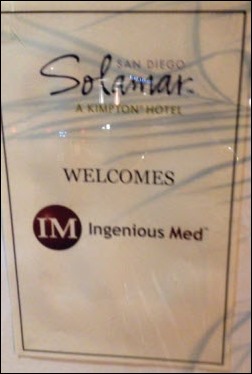
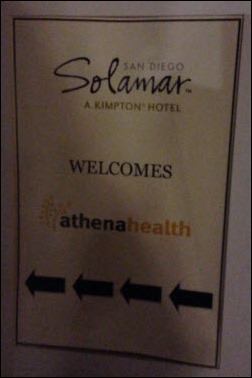



















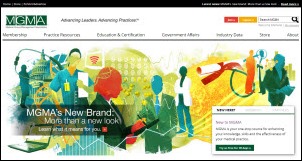





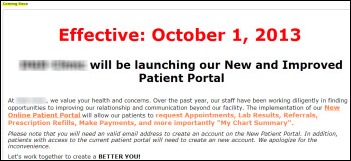
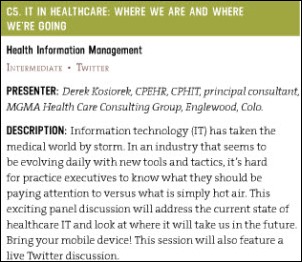
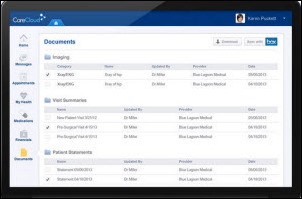
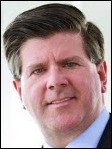


The article about Pediatric Associates in CA has a nugget with a potentially outsized impact: the implication that VFC vaccines…